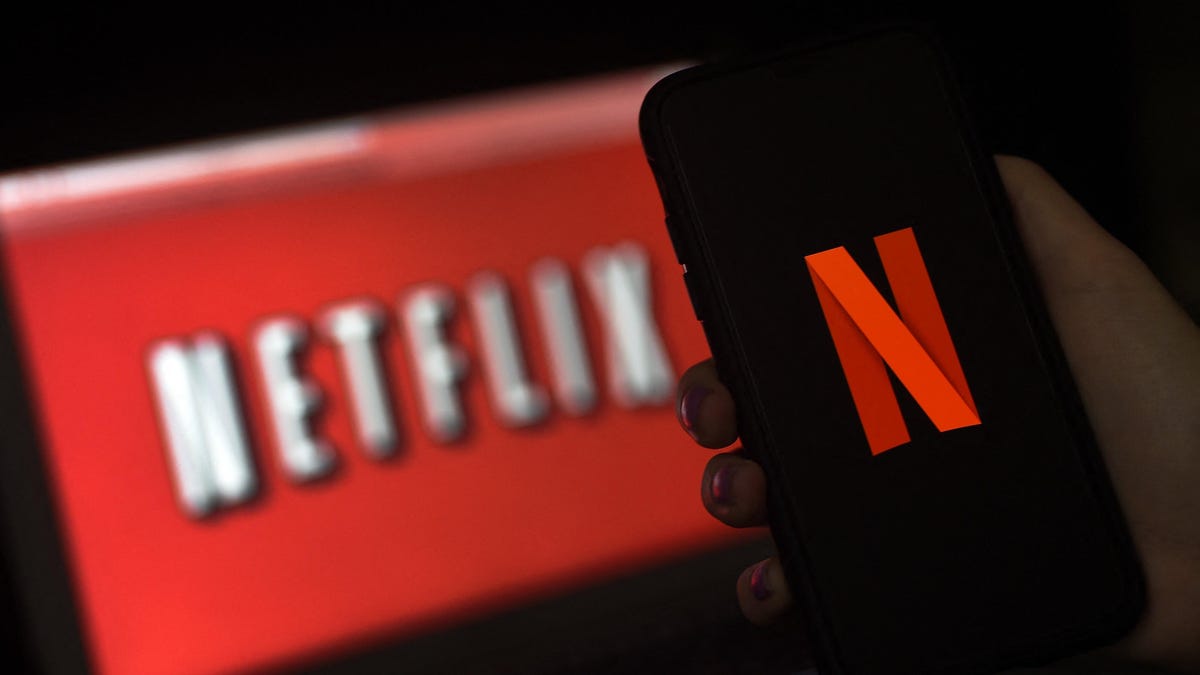
The Gulf Cooperation Council made up of Saudi Arabia, the United Arab Emirates, Bahrain, Kuwait, Oman, and Qatar, released the joint statement this week with several member countries reportedly issuing similar requests on their own respective websites. In a separate statement Tuesday, Saudi General Commission for Audiovisual Media CEO Esra Assery told Arab News, “All legal measures will be taken to protect the Kingdom’s sovereignty, citizens, and residents from any intellectual attack aimed at affecting its societies.”
Advertisement
The takedown request comes less than six months after the UAE’s Media Regulatory Office banned Pixar’s Lightyear animated film because it reportedly briefly shows a same-gender kiss.
Netflix did not immediately respond to Gizmodo’s request for comment.
G/O Media may get a commission
Advertisement
This isn’t Netflix’s first dance with state-backed takedown requests. Back in 2019, the platform received criticism after it pulled an episode of The Patriot Act with Hasan Minhaj critical of the Saudi Arabian government. Content restrictions aren’t necessarily originating from any one country or region though. The first takedown requests Netflix says it ever complied with, for example, came from the New Zealand Film and Video Labeling Body in 2015 over an “objectionable” film called The Bridge.
It’s still unclear how Netflix will respond to The Gulf Cooperation Council’s demand. The streaming platform, like Meta, Twitter, and other larger tech platforms, has detailed the legal takedown requests its received since 2019 as part of its annual Environmental, Social, and Governance Report. The company’s 2019 report revealed it shockingly only ever removed nine pieces of content from the platform in response to government demands since its founding in 1997.
Advertisement
That trend’s started to tick up. In its 2020 report, Netflix said it removed four titles in that single year. The next year, the company reported removing seven pieces of content. That comes out to more content removed in the past two years than the company’s first 23 years combined.
The uptick in takedown requests isn’t just limited to Netflix. Twitter, for example, has seen a massive increase in government removal requests since early 2018 and reported a 10% year-over-year increase in requests last December. Meta’s reported a similar steady rise in government data requests with those increasing from 104,000 in January 2018 to 215,000 in December 2021. Twitter reported a 51.2% compliance rate with requests last year while Meta says it produced some types of data for 72.80% of requests between July and December 2021. Still, it’s worth noting several prominent digital rights activists have called into question just how “transparent” large tech firms’ transparency reports really are.